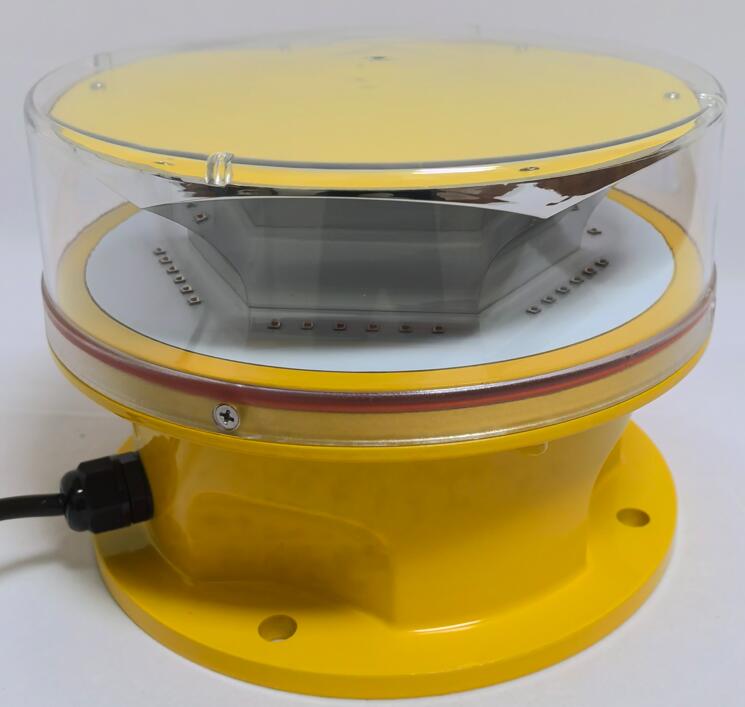Enhancing Aviation Safety with FAA Red Obstruction Lights: A Critical Overview
The Federal Aviation Administration (FAA) mandates the use of FAA red obstruction lights to ensure aviation safety by marking tall structures that could pose hazards to aircraft. These lights are essential for preventing collisions, especially during low-visibility conditions. This article explores the significance, regulations, and technological advancements of FAA red obstruction lights, highlighting their role in modern aviation safety.
Why FAA Red Obstruction Lights Are Essential
Aviation safety relies heavily on proper obstruction lighting to help pilots identify potential obstacles. FAA red obstruction lights are specifically designed for structures exceeding 200 feet above ground level (AGL). Their high-intensity glow ensures visibility from miles away, reducing the risk of accidents.
Key benefits include:
Improved visibility in nighttime and low-visibility conditions.

Compliance with FAA regulations, ensuring legal adherence for structure owners.
Enhanced pilot awareness, allowing for timely course adjustments.
| faa red obstruction lights |
FAA Regulations for Red Obstruction Lights
The FAA has strict guidelines outlined in Advisory Circular (AC) 70/7460-1L, which specifies the requirements for obstruction lighting. Key regulations include:
Light Intensity & Color – FAA red obstruction lights must emit a steady red light with specific candela ratings to ensure visibility.
Placement & Spacing – Lights must be installed at intervals to ensure continuous visibility from all angles.
Dual Lighting Systems – Some structures require both red lights for nighttime and medium-intensity white lights for daytime.
| faa red obstruction light |
Power Backup – Systems must have backup power to remain operational during outages.
Non-compliance can result in penalties and increased accident risks, making proper installation crucial.
Technological Advancements in FAA Red Obstruction Lights
Modern FAA red obstruction lights incorporate advanced technologies to improve efficiency and reliability:
LED Lighting – LEDs are now the standard due to their energy efficiency, long lifespan, and superior brightness.
Solar-Powered Options – Some systems use solar panels, reducing dependency on grid power.
Remote Monitoring – Smart systems allow real-time performance tracking and fault detection.
Aircraft Detection Lighting Systems (ADLS) – These systems activate lights only when aircraft are nearby, reducing light pollution.
These innovations ensure that FAA red obstruction lights remain effective while minimizing environmental impact.
Applications of FAA Red Obstruction Lights
These lights are used on various structures, including:
Telecommunication Towers – Critical for marking cell towers and broadcast antennas.
Wind Turbines – Tall wind farms require obstruction lighting to prevent collisions.
Skyscrapers & Bridges – Urban structures must comply with FAA lighting standards.
Airport Structures – Navigation aids and control towers use these lights for added safety.
FAA red obstruction lights play a pivotal role in aviation safety by ensuring that tall structures are visible to pilots. With evolving technologies and strict regulatory compliance, these lights continue to enhance air traffic safety while adapting to modern energy and monitoring solutions. As aviation infrastructure grows, the importance of reliable obstruction lighting will only increase, making FAA red obstruction lights an indispensable component of safe skies.
